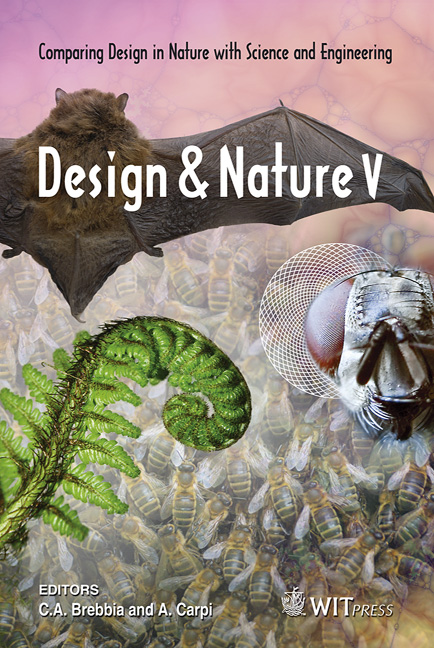Rainwater Retention Capacity Of Green Roofs In Subtropical Monsoonal Climatic Regions: A Case Study Of Taiwan
Price
Free (open access)
Transaction
Volume
138
Pages
11
Page Range
239 - 249
Published
2010
Size
4,214 kb
Paper DOI
10.2495/DN100211
Copyright
WIT Press
Author(s)
C. F. Fang
Abstract
This study investigates how roof substrate and vegetation affect rainwater retention. The investigated parameters are lightweight substrate ratio, substrate depth, precipitation and vegetation type. A planting box was placed on the roof of a building to simulate a green roof. Scheduled artificial rainfall was used to test the rainwater retention capacity of various substrates, substrate depths and plant types. The experimental results indicate that precipitation, substrate depth, substrate ratio and vegetation type affect the rainwater retention capacity of green roofs. The rainwater retention rate is inversely proportional to precipitation intensity; that is, about 87–100% of rainwater is retained for light rain, 62–84% for moderate rain and only 26–33% for heavy rain. Different plants have different abilities to retain rainwater. In this study, Dianella ensifolia cv. ‘Silvery Stripe’ and Schefflera arboricola have the best water retention rates of 37–100%. Of the total amount of rainwater retained, the substrate accounts for 77–98% and vegetation accounts for 2–23%. In the sub-tropical region, the green roof water retention rate is roughly 30% of the total storm precipitation (100 mm). Thus, using a green roof is an effective strategy for managing urban stormwater. Keywords: lightweight substrate, precipitation, rainwater retention, substrate depth, substrate ratio. 1 Introduction As water cannot penetrate paved surfaces, rainwater cannot percolate into the ground, leading to significant surface runoff that can increase river erosion and
Keywords
lightweight substrate, precipitation, rainwater retention, substrate depth, substrate ratio





